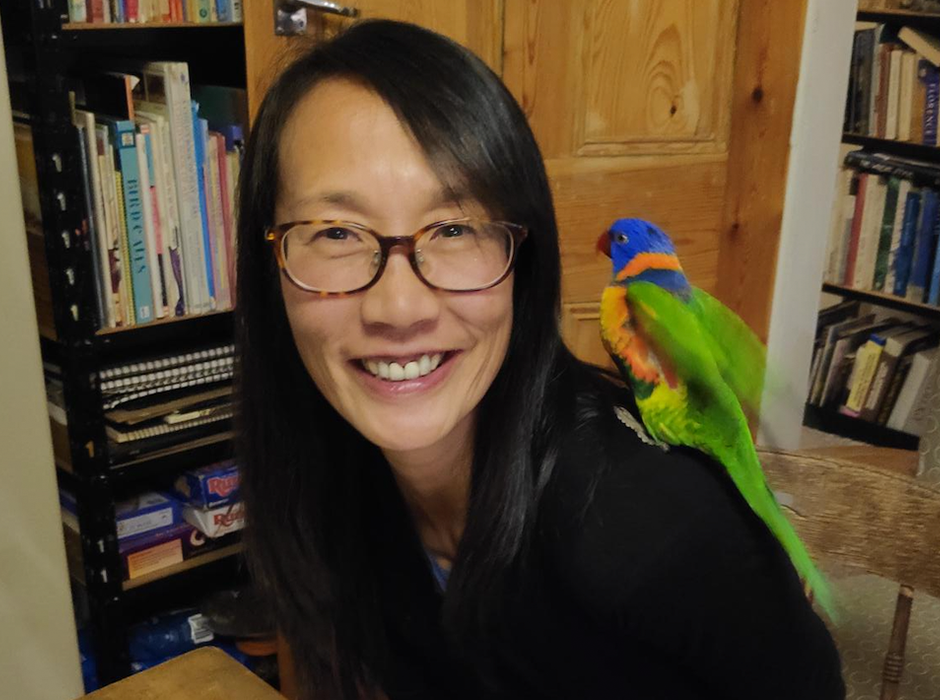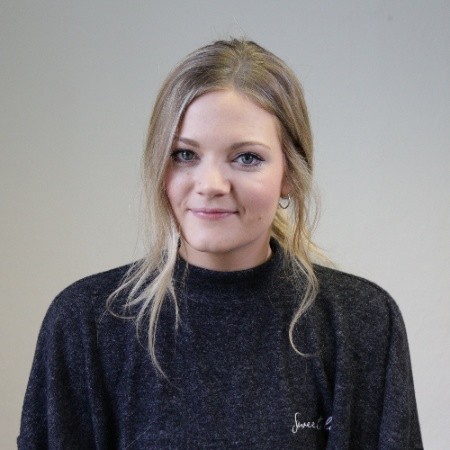McGill University
Learn how Adam Finkelstein is revolutionizing learning environments at McGill University.

.jpg?width=1107)
McGill University
At McGill University, the pursuit of excellence in teaching and learning goes beyond traditional practices. As one of Canada’s leading research-intensive institutions, McGill is known for its commitment to fostering innovative and inclusive learning environments. But when designing supportive physical and digital spaces for students and instructors, how does McGill ensure engagement, meaningful connections, and impactful learning? The answer is rooted in both pedagogy and cutting-edge engagement technology like Vevox.
In a Vevox-hosted webinar, Adam Finkelstein - Associate Director of Learning Environments at McGill- shared insightful perspectives on how space, whether physical or digital, directly impacts student success. From actively engaging participants during the session to exploring how active learning and inclusion transform academic success, Adam demonstrated Vevox’s central role in creating supportive learning environments that embrace variability and maximize engagement.
McGill University are an institutional Vevox customer, meaning all staff have access to Vevox to use in their teaching.
Active learning principles supported by Vevox reduce achievement gaps and foster stronger learning outcomes.
The Challenge: Bridging Gaps Between Physical and Digital Learning
Traditional learning environments often fall short in addressing the diverse needs of students. Large lecture halls can disconnect students from their instructors, while outdated physical spaces communicate a lack of care and inclusivity. Similarly, digital spaces - if poorly designed - can require instructors to adapt their pedagogical practices to clunky tools, hampering creativity and collaboration.
For McGill, the challenge was multi-faceted:
- How can physical learning environments encourage collaboration and active learning while supporting diverse student needs?
- How can digital tools seamlessly integrate with pedagogy rather than forcing instructors to adapt to limitations?
- How can inclusivity and engagement be embedded as core principles in space and tool design?
The Solution: Vevox as a Catalyst for Engagement
Vevox is pivotal in helping instructors ensure active participation and inclusivity. During his webinar, Adam illustrated how Vevox was used to connect the audience and enrich discussions in real time. Whether polling attendees about their learning preferences or encouraging word-cloud responses such as “I learn best when…,” Vevox allowed participants to express their thoughts engagingly and dynamically.
These live interactions captured McGill's pedagogical philosophy: learning is not a spectator sport. By fostering active participation through collaborative tools like Vevox, participants experienced firsthand how digital engagement can transform lectures, workshops, and discussions.
McGill’s Approach: Building Inclusive and Engaging Spaces
Drawing on 25 years of experience in learning environments, Adam shared how McGill prioritizes inclusivity and engagement in its physical and digital spaces. Here’s how McGill incorporates these principles - with Vevox contributing to the digital engagement piece:
1. Active Learning and Collaboration
Research shows that active learning reduces achievement gaps across student demographics. McGill embraced this by designing active learning classrooms, flexible lecture halls, and hybrid spaces, all meant to encourage group collaboration. Vevox complemented these principles by enabling instructors to promote interactivity within digital classrooms, transforming polls and Q&A features into bridges for engagement during lectures and online courses.
2. Designing for Inclusivity
Adam highlighted the importance of variability in space design. Instead of settling for “average,” McGill creates spaces and tools adaptable to diverse needs. He likened this to "adjustable cockpits" in fighter jets, a metaphor for designing environments that prioritize flexibility and inclusivity. Whether it’s neurodiverse students needing quieter spaces or large groups working collaboratively, McGill’s spaces (and tools like Vevox) ensure that every student feels included and valued.
3. Integrating Physical and Digital Contexts
Adam described how educators often deal with physical and digital tools in silos, a disconnect that complicates teaching. McGill’s teaching and learning units aim to bridge this gap. Vevox aligns with this philosophy by offering seamless digital engagement features that complement physical spaces. Polling, live Q&As, word clouds, and interactive feedback all mirror the collaborative interactions possible in McGill’s physical environments.
4. Data-Driven Decisions
McGill relies on insights from tools like Vevox to evaluate engagement. With Vevox’s user-friendly dashboards, professors can analyze polling and Q&A response patterns to tailor future sessions. In Adam’s webinar, Vevox demonstrated its ability to visualize live polling responses and word clouds, enabling attendees to witness how engagement directly impacts outcomes. These data-driven insights guide McGill in refining both physical and virtual learning environments.
Impact: Supporting Success Across the Learning Spectrum
McGill’s intentional approach to fostering inclusivity, active participation, and collaboration - combined with Vevox’s engagement capabilities - has driven meaningful results:
- Heightened Student Engagement: Students feel more connected and involved during lectures and workshop sessions.
- Improved Academic Performance: Active learning principles supported by Vevox reduce achievement gaps and foster stronger learning outcomes.
- Instructor Confidence: Vevox tools remove barriers by simplifying engagement, letting educators focus on pedagogy rather than adapting to clunky systems.
- Collaborative Culture: Bridging physical and digital spaces ensures a seamless experience for both instructors and students.
McGill University is redefining what it means to create supportive learning environments. By integrating pedagogical best practices and innovative engagement tools like Vevox, the institution ensures that both physical and digital spaces promote student success. Adam Finkelstein’s leadership and Vevox’s technology are proof that inclusivity, collaboration, and engagement aren’t just ideals - they’re achievable realities in higher education.


